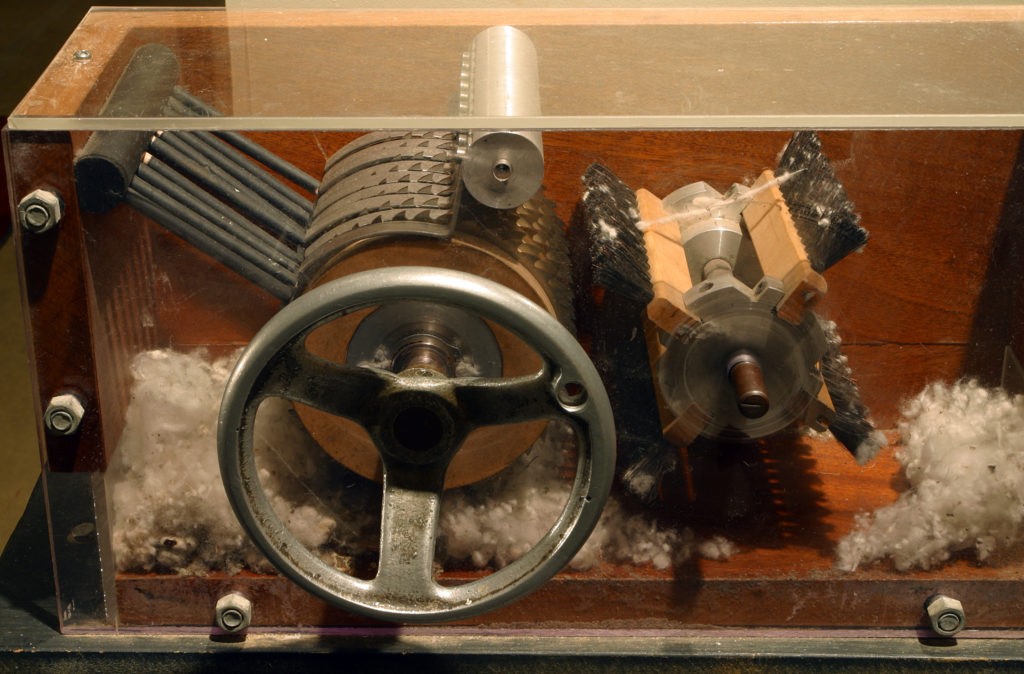Three Major Turning Points in Manufacturing History

Manufacturing as we know it has made tremendous strides over the centuries. Today, it allows us to produce amazing things. Along the way, there have been some crucial manufacturing milestones that changed the face of manufacturing history and revolutionized what we can do technologically as a society.
Here are three of the biggest early turning points in the history of manufacturing, without which manufacturing today would not be possible.
-
The Birth of Eli Whitney
Eli Whitney was, in many ways, the father of modern manufacturing. His role as an inventor and early pioneer in the manufacturing sector is fundamental. Whitney is most famous for three innovations. They were, in order:
- The Cotton Gin: This is the invention for which Whitney was best known. The cotton gin, or cotton engine, was invented in 1794 and served to remove seeds from cotton, eliminating a huge amount of manual labor that cotton farming previously required. While the cotton gin’s invention is tarnished by its unfortunate connection to American slavery, it paved the way for inventing other labor-saving machines that could massively boost the economy.
- Interchangeable Parts: Although interchangeable parts existed before Whitney’s time, he popularized the use of interchangeable, standardized parts in manufacturing to facilitate his ability to manufacture muskets. The ability to make or repair machines without creating custom parts each time is a massively important innovation in manufacturing history.
- The Milling Machine: Whitney received credit as one of the inventors of the milling machine in 1818. As you are almost certainly aware, a milling machine — which uses rotary cutters to remove material in order to shape a part — is a vital part of today’s manufacturing operations.
-
Ford’s Assembly Line
In 1913, famed automaker Henry Ford introduced the very first moving assembly line in order to more efficiently mass-produce automobiles. His first assembly line cut the time to construct a car from over 12 hours to only two-and-a-half hours. The following year, he added a mechanized belt that made it even faster. One can only imagine the millions of manufacturing hours that companies have saved since thanks to the assembly line.
-
George Charles Devol Invents the First Industrial Robot
In 1954, George Charles Devol invented the Unimate as the cornerstone of his company, Unimation. The Unimate industrial robot, which saw its first prototype in 1961, premiered at General Motors, where it was put to work doing spot-welding and die-casting handling. Devol sold the first robot to GM at a significant loss because he was so confident in its success.
Indeed, GM proved him correct and installed 66 more of the Unimate robots. Ford found out about the concept and contacted Devol as well, and the rest is history.
The need to produce better products, faster, has inspired miraculous inventions and innovations throughout the years. There’s no doubt there will be many more wondrous innovations in manufacturing in the years to come.
Contact Global Electronic Services for all your industrial electronic, servo motor, AC and DC motor, hydraulic, and pneumatic needs — and don’t forget to like and follow us on Facebook!
